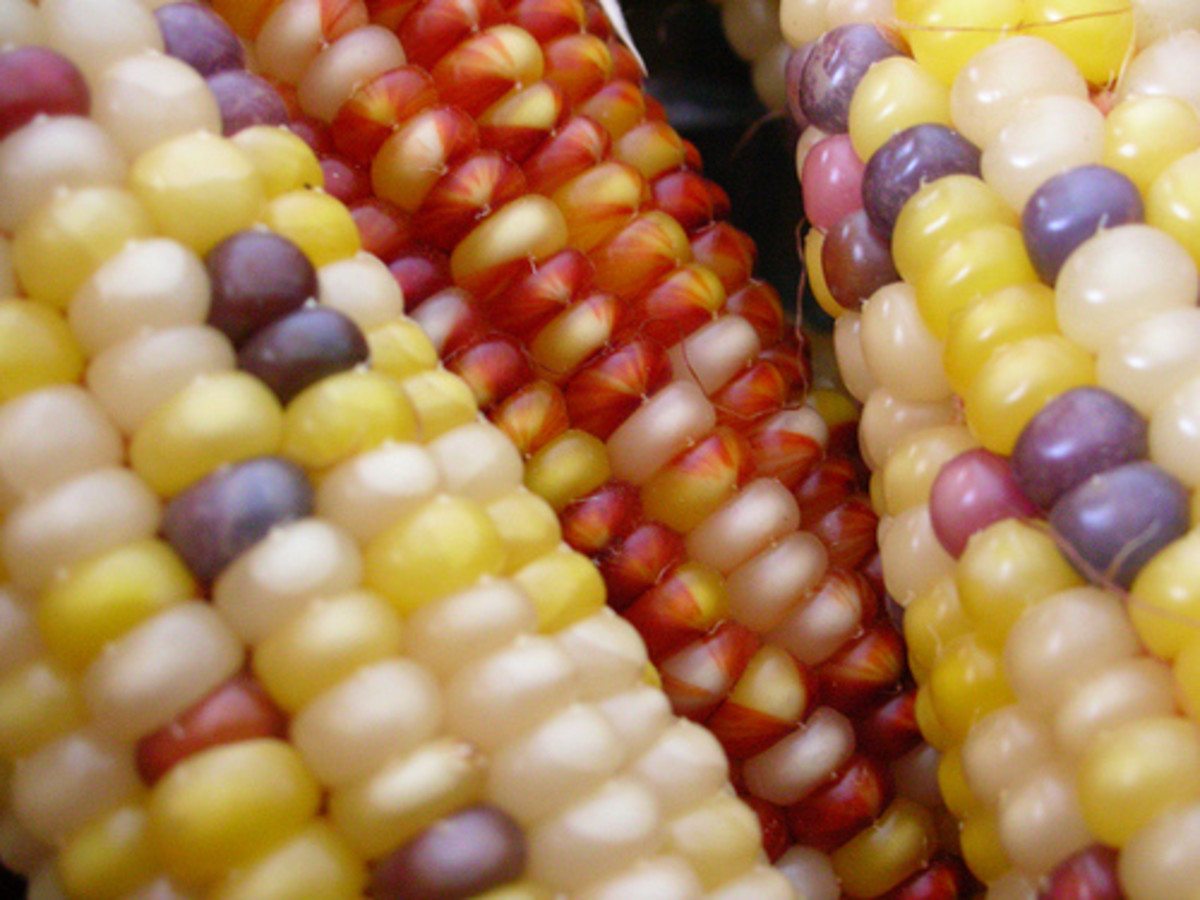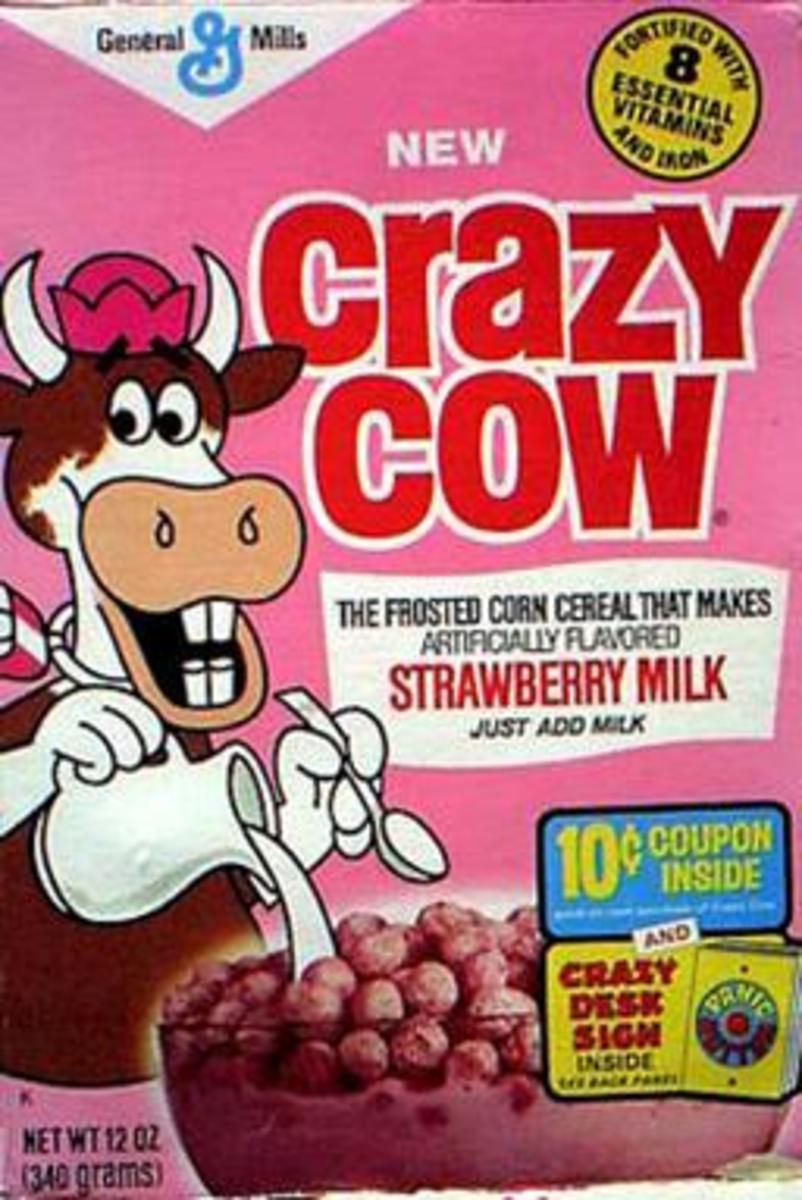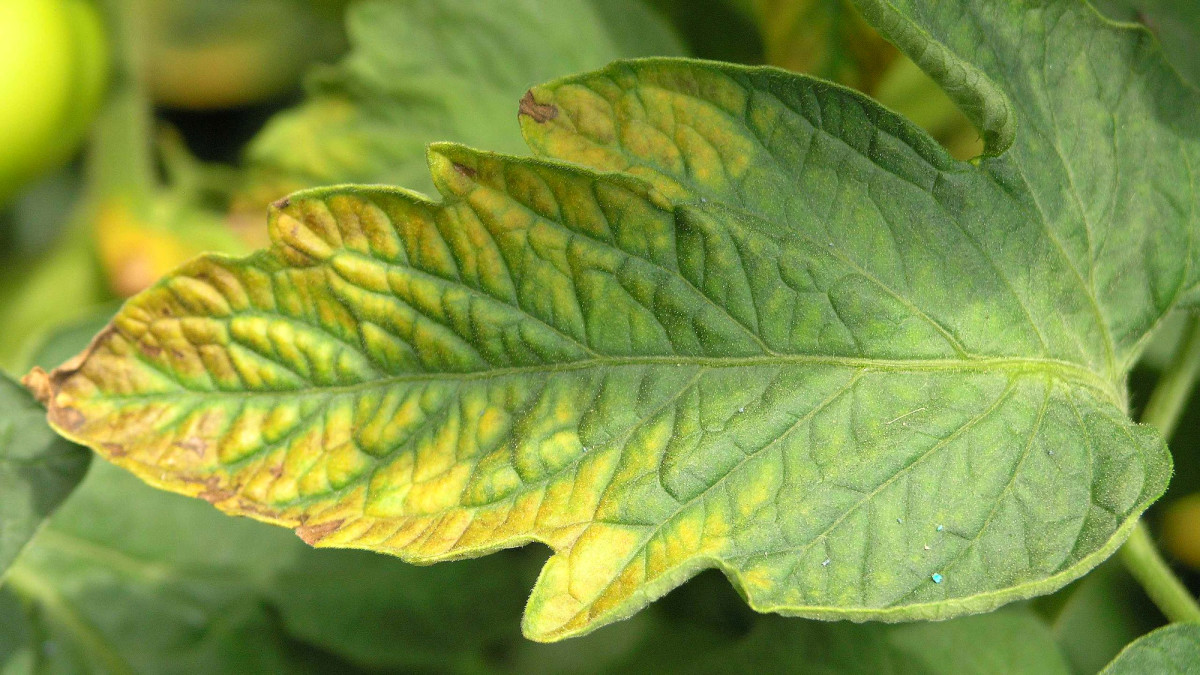The Late Great Cereals
They were the staples of our childhood, and perhaps what they have evolved (or deteriorated to in some cases) into these days, makes that still the case. During the school year especially, we started out days out with a healthy portion of them (whether we liked them or not).
Of course, in our household, that was only partially true, as some mornings Gram threw out all the rules once mom left for work, and breakfast then became pie or other desserts.
We were taught that there were seven great cereals grown for food. These included:
- Oats
- Barley
- Rice
- Sorghum
- Rye
- Corn
- Millet
They are still great. However, to my way of thinking they aren't what they used to be, unless you seek them out deliberately.
I'm talking of course, about the late great cereals. You know, the ones that weren't laden with added sugars, high fructose corn syrup, food coloring, and preservatives. For the uninformed, Lucky Charms and Fruit Loops aren't really healthy foods. Whole grain cereals on the other hand, are healthy foods. It's time we went back to the basics with real cereals on the breakfast table.
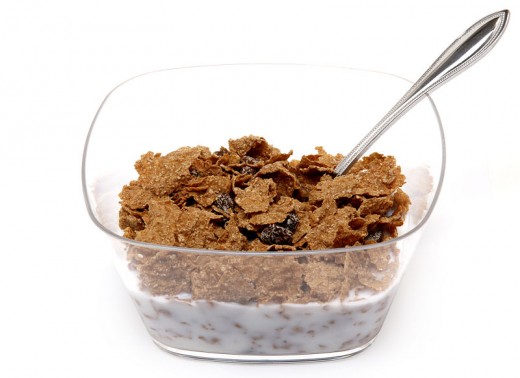
Now, I was taught that wheat, is the most valuable food plant that is grown by man.
However, there are several other cereals, or edible grain plants, of equally great importance. They form the principle food of millions of people in many parts of the world. High on that list among them are all the cereals named above.
Let's Take A Look A Man's Most Popular Cereals
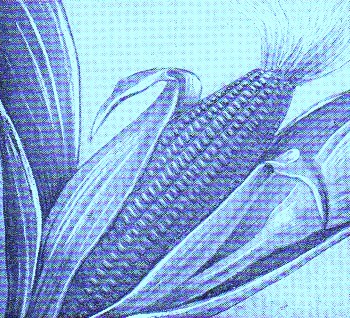
Six Thousand Years of Corn
Corn, or maize, is one of the great gifts of the Western Hemisphere to the world. It is of the greatest interest to those who like to eat its golden grains, and benefit in various ways from the many valuable by-products of the plant.
Today it is one of the greatest grain crops of the world, and in the United States it is the large, with more farm land devoted to growing it than any other crop. Still, much of our corn crops are devoted to growing feed for hogs and cattle. Then, another large portion of it is used for it's corn oil and corn sugar. The oil serves for salads and cooking, and in making soap and drugs. Corn sugar of course, has become the additive of choice (by manufacturers), it seems, in virtually everything on our grocery shelves.
What most people don't realize is that corn is most valuable as a medicine, since it contains dextrose, the kind of sugar in human blood. If you've had any kind of surgery, you've probably had dextrose.
It's claimed that when Columbus came to this part of the world, that he observed the people growing and eating corn. Later explorers, reporting on this new land which they still believed to be India, called the plant "Indian corn."
At the time the word "corn" was used to describe any kind of grain. Several hundred years later, the great Swedish botanist, Linnaeus, gave the plant its modern botanical name, "maize."
It's long been believed that the origins of the corn plant is unknown. This is largely due to the fact, that in North America the plant has only been found in cultivation. We do know that it has been grown for around six thousand years by man. Therefore, no records of it growing wild without man's assistance is available. It is certain that in the wild it had to have originated in either Central America or Mexico.
It is a most adaptable plant, for there are varieties which will grow and ripen in almost every type of climate. It can be grown in the great fields, covering many acres, yet it will also flourish in little patches in the everyday gardens.
The plant is very beautiful. There is no lovelier sight than a field of the graceful stalks and satiny leaves when the ears are ripening. When fully grown, the stalk bears an enormous amount of leaf surface, which accounts for the large amount of starch in the grain.
The leaves are the plant's starch factory. The leaf is wonderfully constructed to stand the foll force of winds. It has a spiral twist, and frills enable it to turn to the left or right as freely as if it were hinged. While protecting the stalks from the wind, the leaves turn around and avoid being slit, a thing that would happen if they were less flexible.
Vintage Kellog's Corn Flakes Cereal
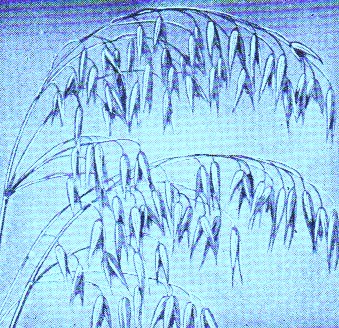
Oats
Oats and Barley are grown in large quantities. In Scotland, oats have for centuries largely taken the place of wheat. They form a valuable food, but they cannot be made into flour, in the same manner that wheat can, and therefore light bread cannot be made from them. That said, today, it is popular for heavier oat breads (mixed with other grains) to be consumed.
However, it is the reason why the Scots, and other people to whom oats became a staple food, took them in the form of a porridge or hot cereal and cakes.
Scotland has undoubtedly thrived on oats. There is an old joke told of an Englishman traveling in Scotland with a party of friends. Along the journey he met a Highlander carrying a bag of oats, and said:
"In England we use those for feeding horses, but in Scotland they are eaten by man."
"Yes," replied the Highlander. "No doubt that is why in England you have such fine horses, and in Scotland we have such fine men."
Up until the end of the first World War, the world's crop of oats was bigger than the wheat crop, but since that time, the oat crop has shrunk in comparison to other whole grain cereal crops.
The oat is unlike most of the other cereals in that its grain is borne, not in a close spike, but in a branching head, with each ear hanging down on a thread-like attachment.
Oats grow best in the colder temperate regions, and will ripen very far north. They flourish in Scotland, and all over the Scandinavian peninsula, and are widely grown in the middle western part of the United States and Canada. Oats are called "the grain of hardness," and it is a very appropriate name. The grain consists more oil than any cereal, but corn.
Many attempts have been made to trace the original home of the oat, but without success. Possibly our cultivated varieties of which there are very many, were all derived from the common wild oat. It is believed that the plant was first cultivated in the temperate and colder parts of Eastern Europe and Western Asia. It does not seem to have been known to the Egyptians or to the ancient Hebrews.
The oat plant puts out long roots that branch in many directions, and careful study by botanists has proved that if all the parts of the roots of a single oat plant were joined into one long strand, this would reach over one hundred and fifty feet.
How To Cook Steel Cut Oats
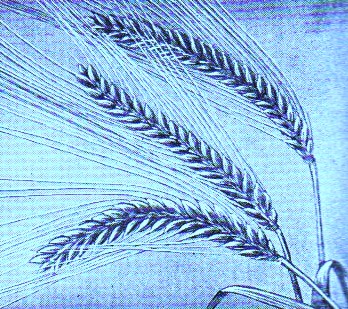
Barley
Another important cereal is Barley, one of the most ancient of cultivated plants. Three varieties have been found among the prehistoric lake-dwellings of the Stone Age men in Switzerland, and among the relics of the Bronze Age men in Italy.
It's thought that the ancestor of all the modern kinds of barley was a wild plant which is still found growing in Western Asia. Other scientists believe, however, that this particularly plant came from the cultivated barley which has escaped and become wild. The general consensus has concluded that our modern varieties have come from more than one ancestor.
The plant grows better in the north than any other grain. It will flourish where no other cereal grain will.
Barley has a shorter period for root development than wheat, and as a consequence, it is what the farmer calls a surface feeder -- that is, it has to rely upon the surface soil for nutriment, especially for mineral supplies. A field of barley, therefore, needs more mineral fertilizer than does a field of what. The grain is lack in gluten, and cannot be made into light, airy bread in the way that wheat can.
Barley bread is dark in color and rather heavy. The grain, with the hulls removed, is also used for soups and gruels and is nourishing, but the "pearl" barley which is also used for these purposes has lost much of its nutrients by the process which grounds the kernel into a smooth, polished ball.
The greater part of the barley crop of the world is grown, not for human food, but for feed for livestock and for the alcoholic beverages. It is chosen by brewers for this purpose because it sprouts more quickly than other grains.
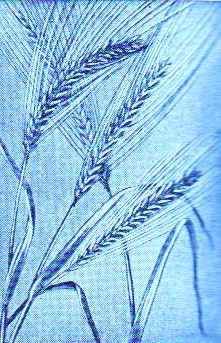
Rye - The Grain of Poverty
Second only to wheat in gluten, compared to other cereals, rye was grown in Europe for making bread in areas where the soil and climate were unsuitable for wheat. In the sandy parts south of the Baltic and the Gulf of Finland, it has always provided an abundance of food for the poorer people.
Rye is one of the cereals that has probably not been long in cultivation. It has no name in older languages, and no trace of it has been found in the Egyptian monuments or in the Swiss lake-dwellings. Nor, does it seem to have been known in ancient Chinese agriculture. Botanists think its parent form grew on the dry mountainous regions running from Southern Europe eastward into Central Asia.
It will thrive on soil too poor and dry for other grains, and has been called "the grain of poverty." The famous black bread eaten in Germany and Russia is really bread made from rye. The green rye is often cut to feed cattle, but the matured straw is not very good for them. Much of it has been used in the past for making paper and cardboard, and as bedding for animals.
Rye has a smaller grain than other cereals, as may be seen by the numbers:
- Rye -- over one million grains to the bushel
- Oats -- over seven hundred thousand grains to the bushel
- Wheat -- seven hundred thousand grains to the bushel
- Barley -- over five hundred thousand grains to the bushel
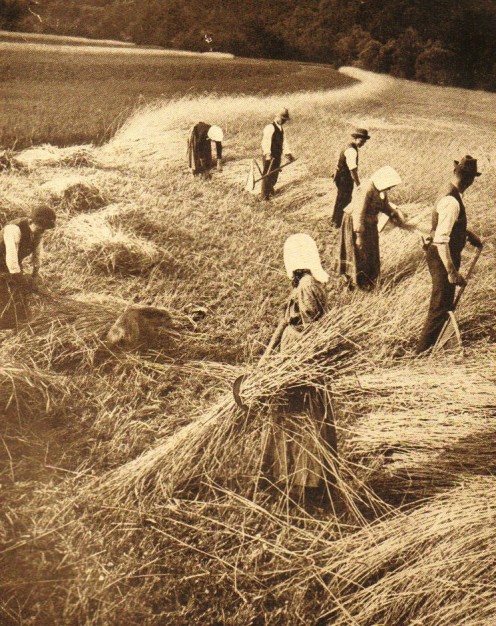
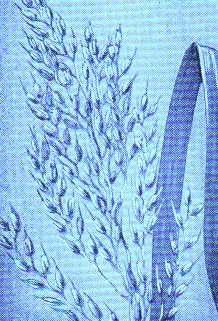
Rice - A Thirsty Plant That Needs Water
Nearly half the human race is dependent upon rice for its existence, and the rice crop of the world was and always will be enormous. Here in the west, we mostly fail to understand that rice is a cereal, probably because it's most often eaten in the evening.
Rice is a grass with long, narrow leaves, and the wiry stems grow from two to five feet high. It is believed to have originated in India, but thousands of years ago men began to cultivate it. The plant spread eastward through China, Japan, and Thailand -- from there it was brought to the rest of the world.
There's an interesting story when it comes to the introduction of rice to North America. It was thought to be an accident. In about 1685 a sailing ship bound to England from Madagascar was blown out of her course and put in at Charleston, South Carolina, for repairs.
The captain of the ship found that one of the leading residents of the colony was an old friend of his, and before the ship was repaired and the captain sailed away, he gave a small bag of rice to his friend, who had it sown on a swampy piece of land that he owned.
The crop was so successful that other planters began to cultivate rice. In a mere dozen years later, seventeen shiploads of rice left the port of Charleston, South Carolina for England. That was the beginning of the American export trade in cereal grains.
Even more interesting is the fact that after the Civil War, instead of being the staple crop of South Carolina (and Georgia), which required slave labor -- the large scale growing of rice moved onto the prairies of Louisiana and Texas -- because there the soil was warm enough to permit the use of modern farm machine between the irrigation periods. This changed rice production dramatically in the United States.
There are over two thousand different kinds of rice that are suited to a variety of soils and modes of climate. It should be noted that rice is deficient in oil and the food elements called proteins and for that reason it should always be eaten with other foods that contain those substances, such as meat, eggs, beans, and the like.
These days more people are aware that the outer skin of the grain is rich in certain important vitamins, but that these are removed from the polished white rice which most Americans are accustomed to.
Growing Rice on the Roof
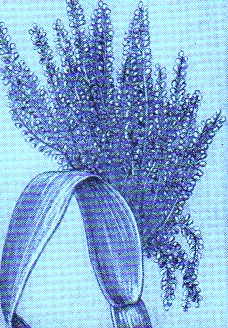
Sorghum
Sorghum, is not strictly speaking, a cereal, yet it is often included among the cereals. Some of the sweet varieties of sorghum give us a pleasant syrup, which is used in the same way as maple or corn syrup, or molasses. This is not as widely manufactured on a commercial scale, whoever, is usually found at farmer's markets.
Durra, often called African Millet, is really one variety of sorghum. Both Durra and Sorghum came to us by way of Africa. In the case of sorghum, it's believed to have come to the United States with slaves.
If You'd Like To Know More!
- Corn
- Global warming spurs drive for drought resistant cereal - Durra
London, Feb 2 (IANS) Global warming is prompting the drive for drought and heat resistant cereal, which can be grown in the most arid areas to take care of some of our food requirements. An example is sorghum. Known as milo, durra, or broomcorn, - Millet -- A Healthy Whole Grain
Learn why millet is one of the healthiest whole grains you can eat. - Oats
- Origin, History and Uses of Corn
- Rye
- Sorghum
- The genetic origins of corn on the cob
Biology News Articles & Current Events, Updated Daily
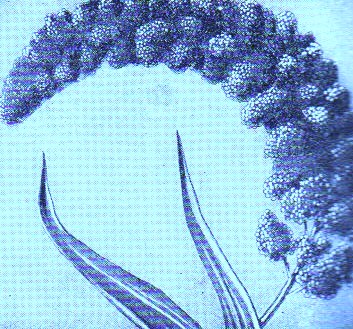
Millet
Well, I never thought about millets being cereals, but they are. I'm personally more familiar with them as bird treats, because some species of birds go absolutely crazy over millet. However, as a cereal, this was no secret to much of Asia, who have been eating millet for over ten thousand years.
So while primarily behind-the-times Americans, haven't always got it figured out, this was a traditional cereal for the Chinese, Koreans, Japanese and the Russians. While at the same time in India it's been a staple bread for millions. They were all the wise ones because nutritionally it's rich in iron and other important vitamins and contains a good percent of protein (unlike rice).

